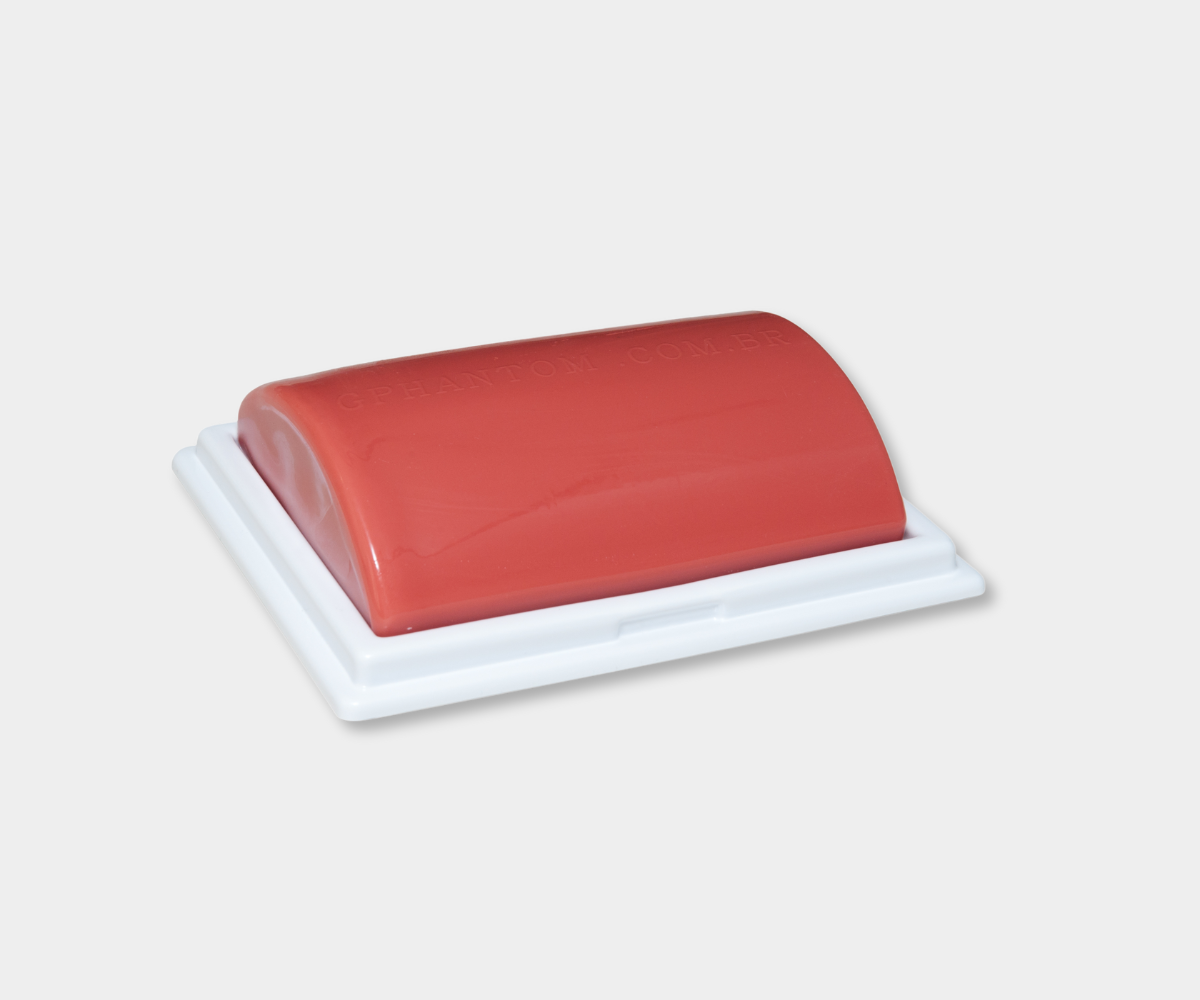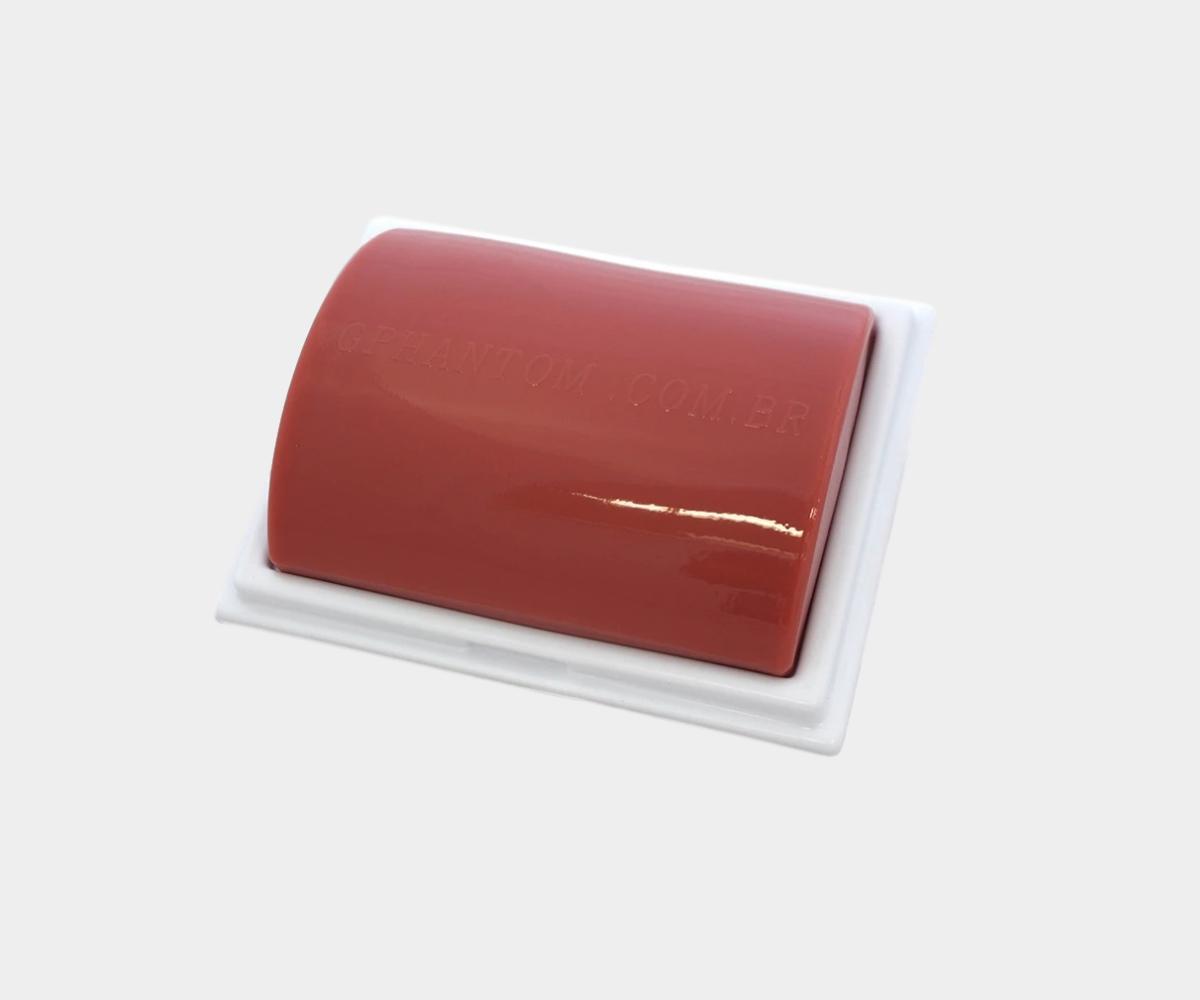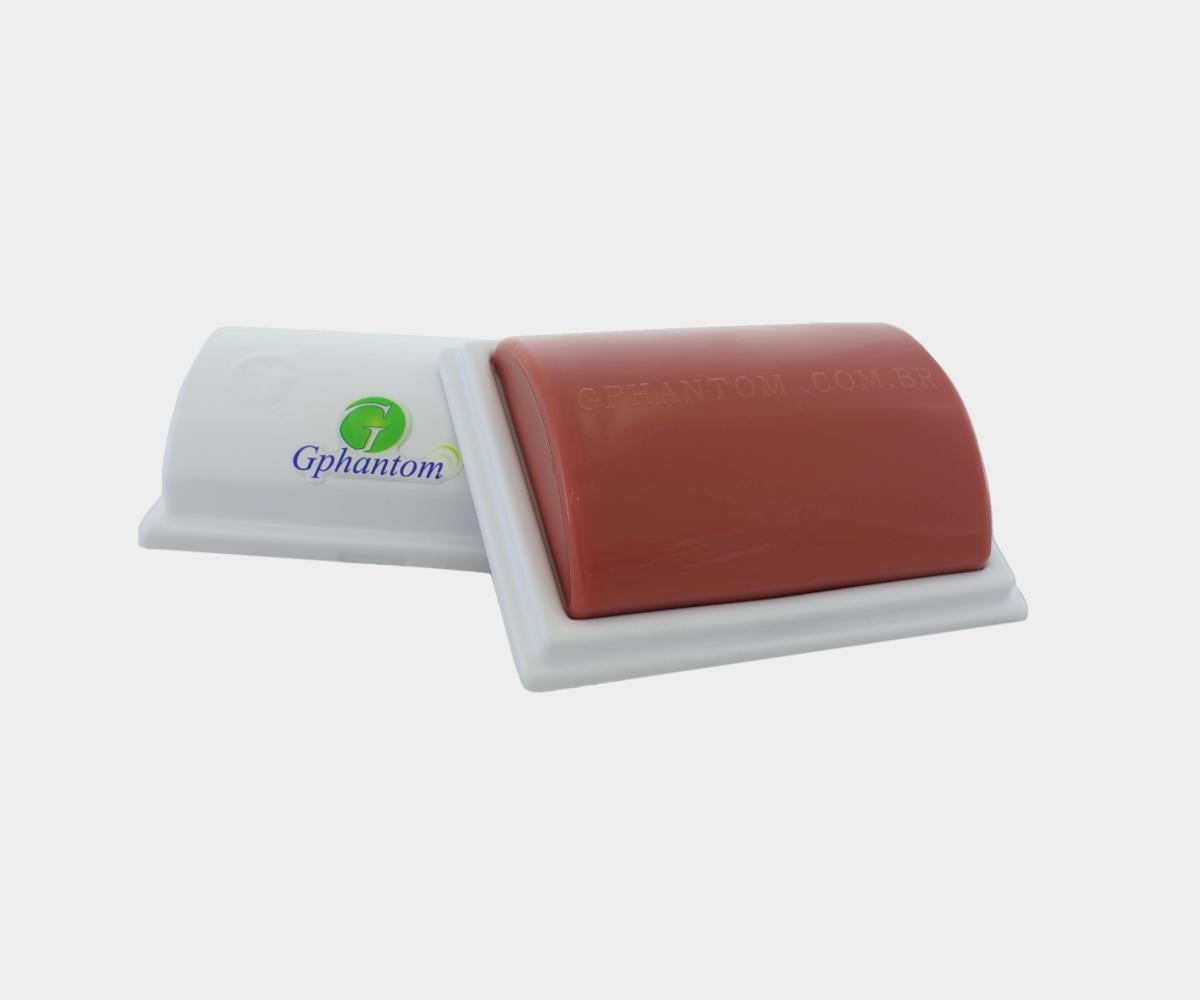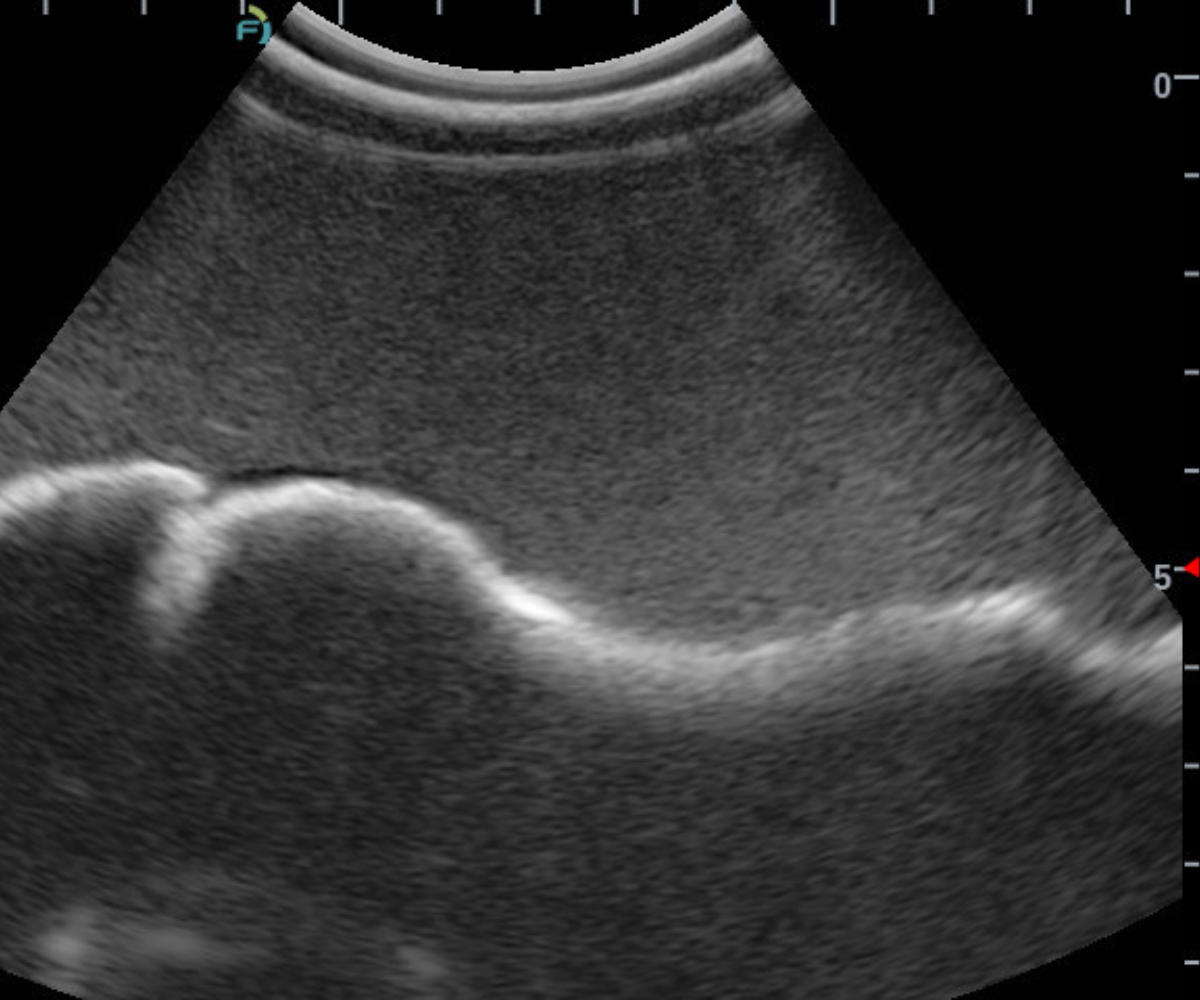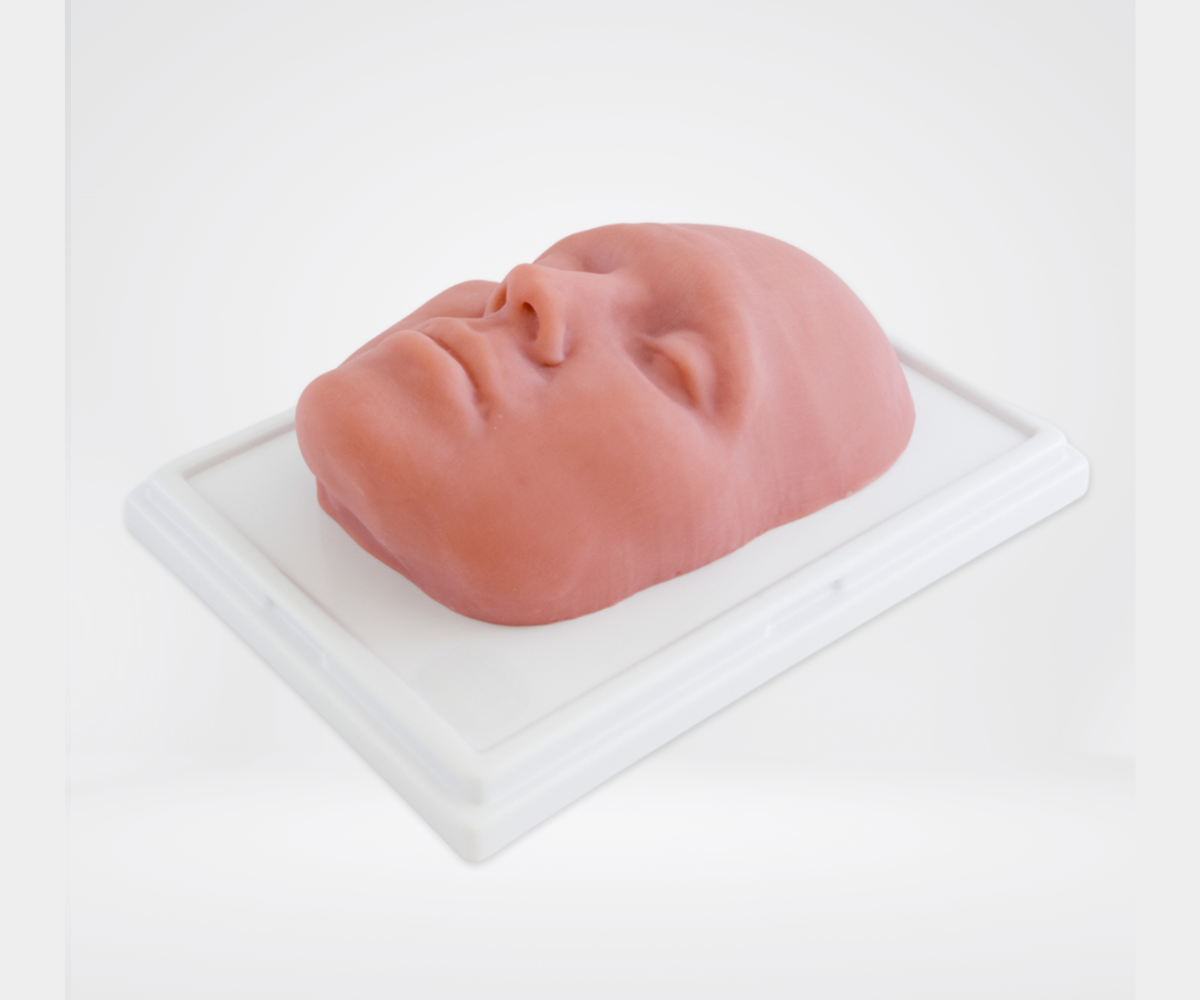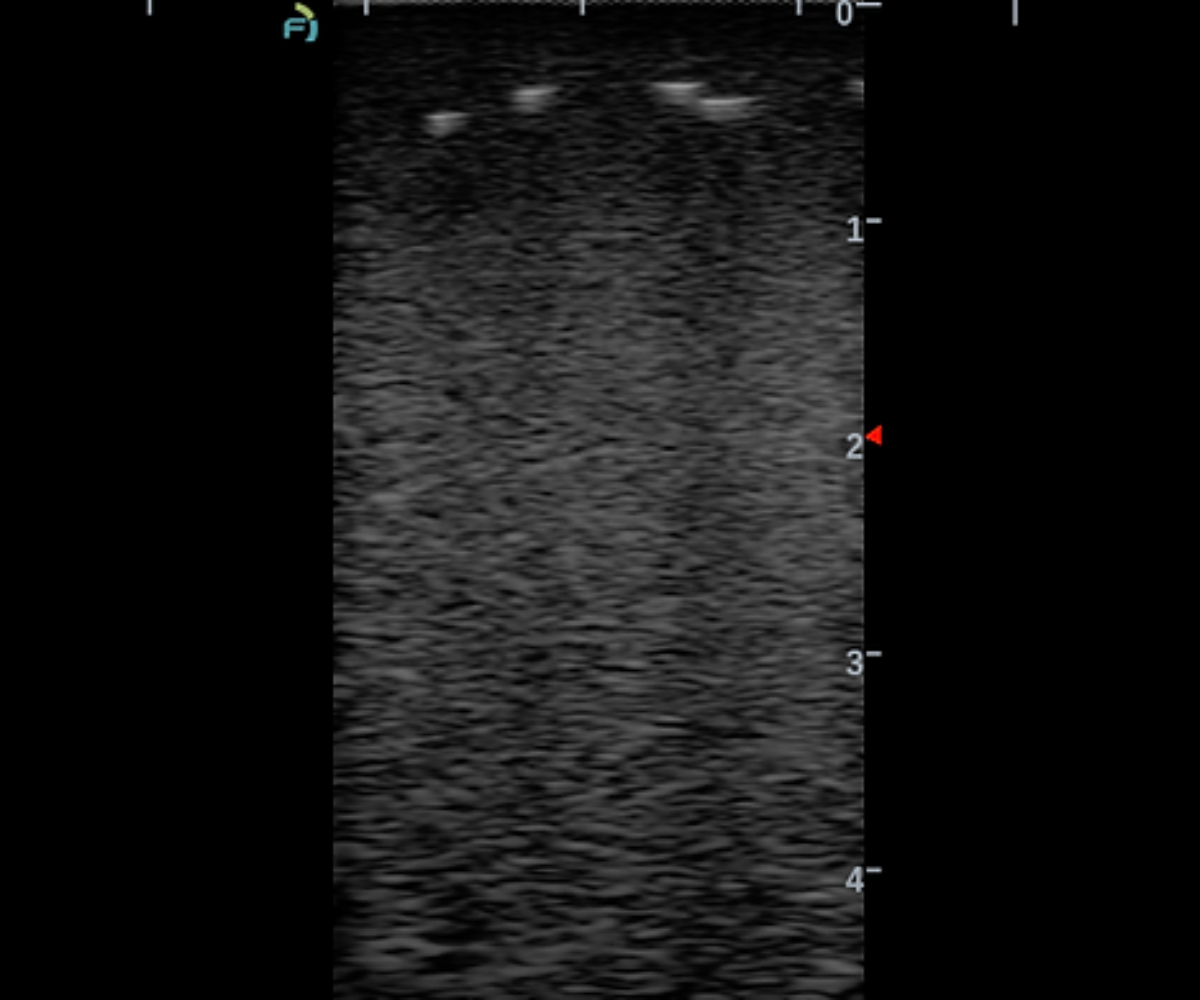About Our Ultrasound Phantoms
Our ultrasound phantoms are specially designed for ultrasound-guided needle training, featuring a variety of targets with distinct echogenicities and shapes. Equipped with advanced needle mark recovery technology, these phantoms can self-heal up to 99% of needle marks within 48 hours, particularly effective with needles of 21 C gauge or thinner.
For optimal recovery, store the ultrasound phantom in a cool, shaded area post-use. We advise limiting needle movements to 30 degrees relative to the phantom's surface to prolong its lifespan and discourage the injection or removal of substances during use.
Handling and Maintenance
- Storage: Always store your ultrasound phantom in a cool, shaded area to protect it from heat and direct sunlight.
- Preparation for Training: Before beginning your training session, carefully remove the ultrasound phantom from the lid of its packaging.
- Post-Training Cleaning: After use, wipe off excess ultrasound gel with a paper towel and gently rinse the phantom under running water, keeping it on its base. Avoid detergents and abrasive cleaning tools to preserve its condition.
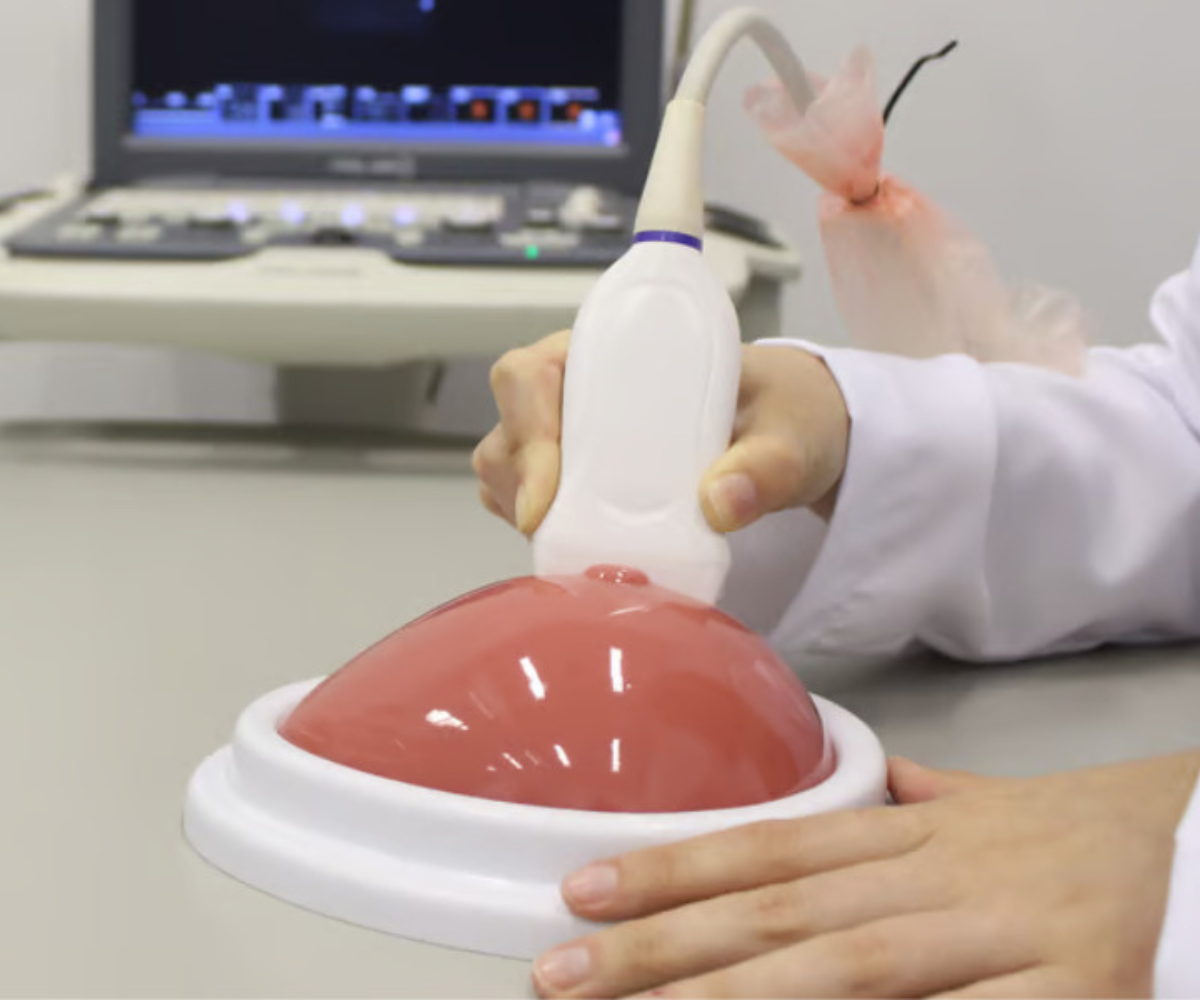

Additional Maintenance Tips
- Avoid storing your ultrasound phantom with residual gel on its surface, as this can lead to unpleasant odors and reduce the product's durability.
- Refrain from using any cleaning agents or rough cleaning tools on the phantom to maintain its quality and longevity.
Revolutionizing Ultrasound Training: The Indispensable Role of Phantoms
In the realm of medical imaging, continuous skill enhancement is not just a goal but a necessity. For ultrasound users, whether they are stepping into the field or have years of experience, the use of ultrasound training phantoms has become a game-changer in mastering new techniques and refining existing ones.
Why Ultrasound Training Phantoms are Essential
The dynamic nature of medical procedures, especially those involving ultrasound, demands a platform where skills can be honed without risk. Ultrasound training phantoms serve this purpose effectively. They offer a realistic simulation environment, allowing for practice and perfection of techniques that would otherwise require live patients, thus navigating around ethical and practical constraints.
Real-World Applications and Benefits
- Enhancing Procedural Proficiency: A study in the Indian Journal of Surgery (2023) demonstrated that using phantoms for ultrasound-guided vascular access significantly improved procedural times and success rates among students[1].
- Boosting Diagnostic Accuracy: Research, including a study published in Ultrasound (2020), has shown that training with phantoms enhances diagnostic skills, particularly in challenging areas like lower extremity venous structures[2].
- Optimizing Interventional Techniques: As per the American Journal of Roentgenology (2016), simulation-based training with phantoms has been instrumental in improving the performance of complex procedures like carotid artery stenting[3].
- Building Confidence and Reducing Live Patient Dependence: The use of phantoms allows for repeated practice without the ethical concerns of live patient training, building confidence and competence in a controlled setting.
The Evolution of Training Techniques
The traditional apprenticeship model in radiology training, while valuable, often leads to inconsistencies in skill acquisition. Ultrasound training phantoms bridge this gap, providing a standardized, high-quality training experience. This is particularly beneficial in teaching intricate procedures where hands-on experience is limited.
The Impact of Instructor-Led Simulation Training
While self-guided practice with phantoms is beneficial, the presence of experienced instructors elevates the learning experience. Real-time feedback and the ability to address specific challenges during simulation sessions make this an invaluable aspect of ultrasound training. For ultrasound professionals, training phantoms are not just tools but essential partners in their journey towards excellence. They provide a safe, effective, and realistic platform for learning and mastering ultrasound techniques, ensuring that practitioners are well-equipped to deliver the best possible patient care.



